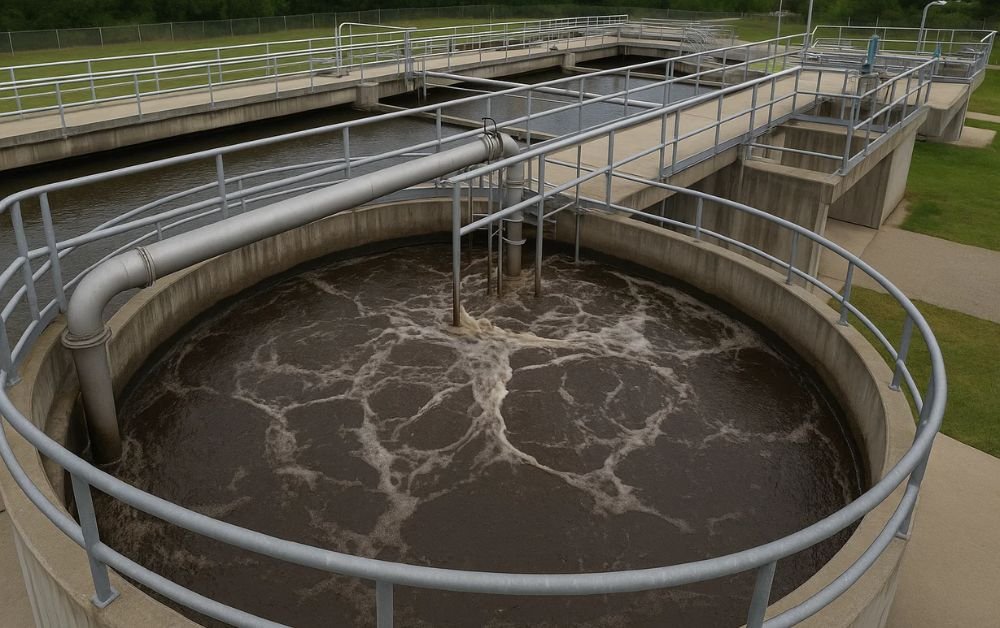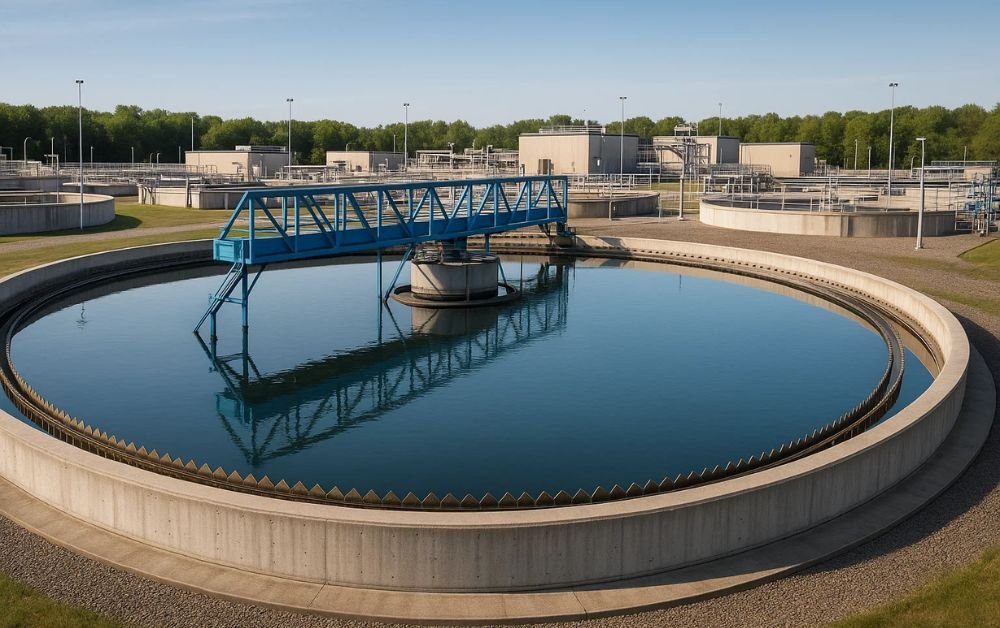This blog provides a step-by-step breakdown of how the SBR Wastewater Treatment System works, its benefits, and where it can be most effectively applied.
What is an SBR Wastewater Treatment System?
An SBR Wastewater Treatment System is a type of activated sludge process designed to treat wastewater in batch mode rather than continuous flow. Unlike traditional treatment systems that rely on multiple tanks and complex flow configurations, the SBR system uses a single tank to perform all major treatment stages—saving both space and operational costs.
SBR systems are especially suitable for communities or facilities with fluctuating wastewater flows, such as resorts, schools, and remote townships.
Step-by-Step Guide: How SBR Systems Work
The SBR process operates in a series of time-controlled phases, typically involving five main steps:
1. Fill Phase
In this initial stage, the reactor tank is filled with raw influent wastewater. This phase may be static (without mixing), mixed (without aeration), or mixed and aerated, depending on the treatment goals.
- Purpose: Introduce wastewater to the treatment tank
- Process: The wastewater displaces some treated water and allows microorganisms to begin breaking down organic material
- Duration: Varies depending on tank size and flow rate
This stage may include pre-anoxic or anoxic conditions to promote biological nitrogen removal.
2. React (Aeration) Phase
This is the heart of the biological treatment process. During this phase, air is introduced into the tank to support aerobic bacteria, which consume organic pollutants and nutrients such as nitrogen and phosphorus.
- Purpose: Oxidize organic matter, convert ammonia to nitrate (nitrification)
- Equipment: Blowers, diffusers, or mechanical aerators
- Outcome: Significantly reduced Biochemical Oxygen Demand (BOD) and nutrient levels
Efficient aeration is critical during this phase to ensure complete breakdown of contaminants.
3. Settle Phase
After aeration, the air supply is turned off, allowing the biological solids (activated sludge) to settle to the bottom of the tank.
- Purpose: Separate treated water from sludge
- Duration: Usually 1–2 hours depending on sludge properties
- Outcome: Clear supernatant (treated water) forms at the top
This phase is a key advantage of the SBR system—it combines clarification in the same tank without the need for a separate clarifier.
4. Decant Phase
Once settling is complete, the supernatant (treated water) is carefully removed from the top of the tank using decanters or siphons.
- Purpose: Extract clear, treated water
- Technology: Floating or fixed decanters minimize the risk of sludge being drawn out
- Result: High-quality effluent ready for discharge or further treatment (e.g., disinfection)
Treated effluent from this phase often meets or exceeds regulatory standards for discharge into natural water bodies or for reuse.
5. Idle/Sludge Wasting Phase
This optional phase provides time for system reconfiguration or allows for sludge removal and disposal.
- Purpose: Remove excess biological sludge to maintain system balance
- Action: Wasting sludge ensures the biomass does not accumulate beyond optimal levels
Sludge wasting is typically automated and scheduled to maintain the correct sludge retention time and system efficiency.
Benefits of the SBR Wastewater Treatment System
The SBR Wastewater Treatment System offers several advantages over conventional treatment processes:
- Compact Design: Fewer tanks needed, making it ideal for space-constrained sites
- Operational Flexibility: Can adjust for variable flows and loads
- High Treatment Efficiency: Consistently delivers effluent that meets stringent standards
- Automated Operation: Easily controlled via programmable logic controllers (PLCs)
- Cost-Effective: Reduced infrastructure and maintenance requirements
Applications of SBR Systems
SBR systems are widely used in different settings due to their adaptability:
- Municipal Wastewater Plants: Especially useful for small to medium-sized towns
- Industrial Effluent Treatment: Suitable for food, dairy, textile, and chemical industries
- Decentralized and Remote Locations: Ideal for schools, resorts, housing colonies, and mining camps
- Retrofit Projects: Easily integrated into existing facilities looking for modern upgrades
Maintenance and Monitoring
For optimal performance, routine maintenance of an SBR system is essential. Key tasks include:
- Checking blowers and diffusers
- Monitoring sludge levels
- Inspecting decanter operations
- Regular calibration of sensors and control panels
- Periodic removal of excess sludge
Automated monitoring systems can alert operators to faults, making maintenance more proactive and efficient.
Conclusion: Trust Blackwood Hodge Ltd for Reliable SBR Solutions
When it comes to choosing the right SBR Wastewater Treatment System, selecting an experienced and reliable partner is critical. Blackwood Hodge Power Services Ltd stands out as a leading name in the wastewater treatment industry. Known for delivering high-performance, customized SBR systems, Blackwood Hodge Ltd combines cutting-edge technology with hands-on expertise to help clients achieve environmental compliance and operational efficiency. Whether you’re upgrading an existing facility or planning a new project, Blackwood Hodge Ltd is your trusted solution provider for effective and sustainable wastewater treatment.


